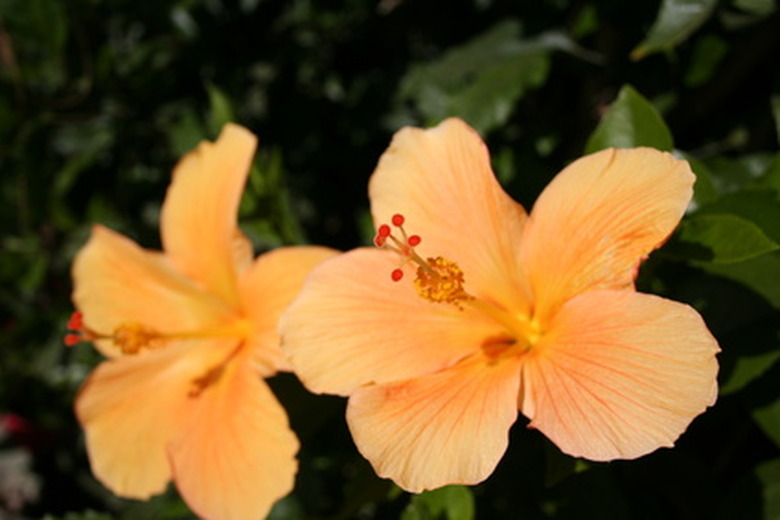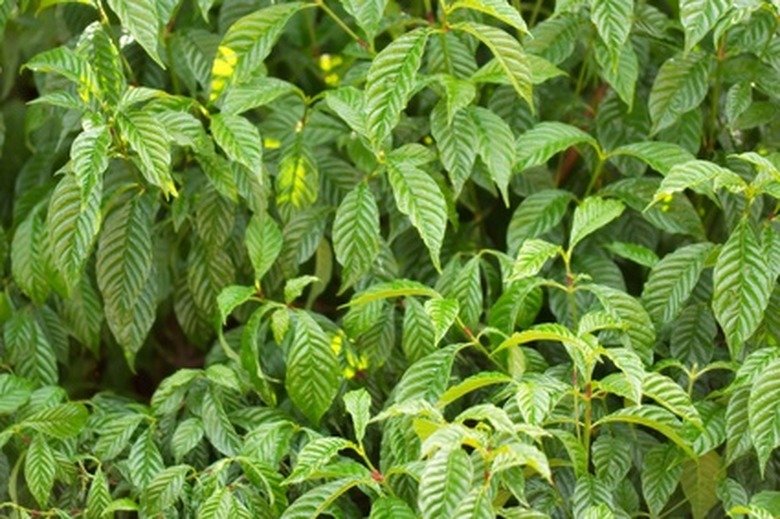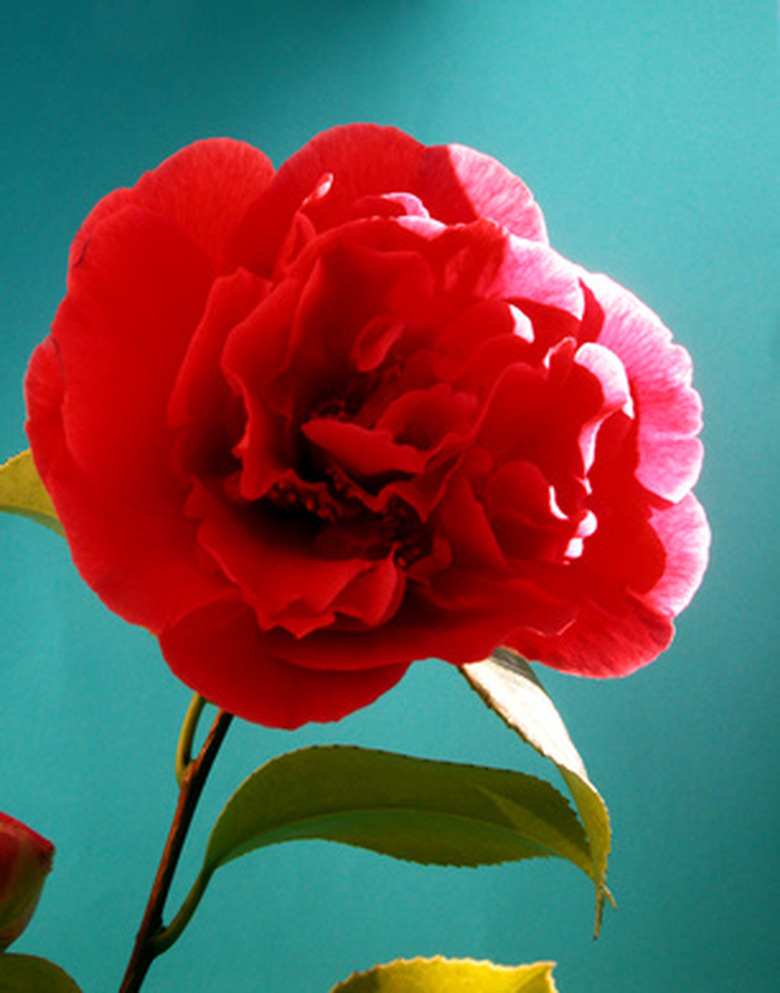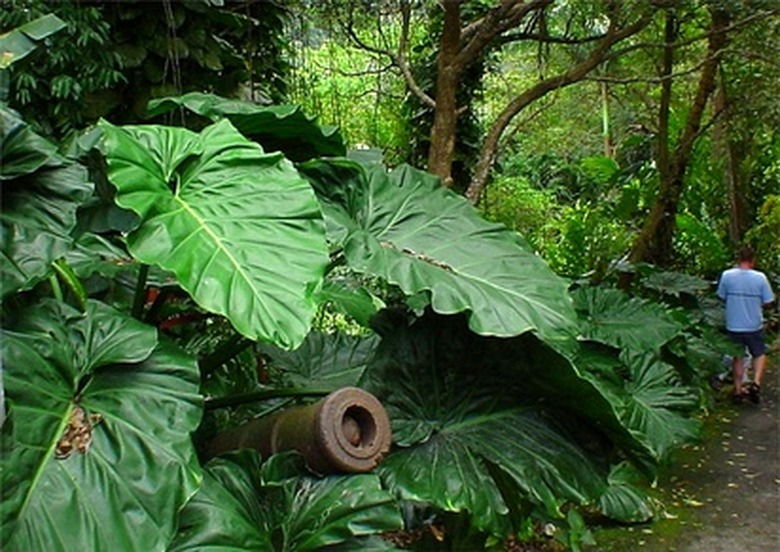Shrubs Of Florida
Florida gardeners have many selections of shrubs to add to their landscapes. There are vast arrays of native, flowering or evergreen shrubs that will flourish in the state's warm, tropical climate. When adding any new shrub to your landscape, consider where you live in the state and be sure to check the plant's requirements so you will have a problem-free addition to your garden.
Native Shrubs
Native plants are generally less problematic than non-native species, because they're accustomed to Florida's growing conditions. Buttonwood (Conocarpus erectus), also known as silver buttonwood, grows in central and south Florida, reaching heights of up to 50 feet. The foliage varies from silver to green, with white/cream flowers produced throughout spring, followed by reddish fruits. Plants are salt-, drought- and wind-tolerant and make good hedges.
- Florida gardeners have many selections of shrubs to add to their landscapes.
- There are vast arrays of native, flowering or evergreen shrubs that will flourish in the state's warm, tropical climate.
Firebush (Hamelia patens) grows in central and south Florida. Plants reach up to 20 feet tall and produce orange/red, tubular flowers year-round, attracting butterflies and hummingbirds.
Wild coffee (Psychotria nervosa) grows in central and southern Florida to a height of 4 to 10 feet. The plant produces small, white springtime flowers followed by reddish/purple fruits that attract butterflies and feed various wildlife species.
Flowering Shrubs
Florida gardeners add various shrubs to their gardens for their blooms. Selections like hibiscus (Hibiscus spp.) make good hedges and specimen plants, as well as give a display of year-round blooms. Found statewide, native species as well as hybrids reach heights of up to 15 feet with a high salt tolerance. Blooms come in a vast array of colors, depending on the cultivar, and attract butterflies.
- Firebush (Hamelia patens) grows in central and south Florida.
- Plants reach up to 20 feet tall and produce orange/red, tubular flowers year-round, attracting butterflies and hummingbirds.
Camellia (Camellia japonica) grows well in north and central Florida and is trainable as a shrub or small tree, growing up to 20 feet in height. Plants have a low salt tolerance and the wide variety of cultivars produce many different colored blooms in springtime.
Princess flower (Tibouchina urvilleana) grows best in the central and southern regions and has a low tolerance to salt. Plants are trainable as trees; they can reach 15 feet in height. Striking purple flowers fill the tree year-round.
Non-Native Shrubs
Many non-native shrubs grow well in Florida's climate and make good specimen or hedging plants. Awabuki viburnum (Viburnum odoratissimum var. awabuki) make a good screening plant, growing to 20 feet high. Plants have a high drought and salt tolerance and produce clusters of small, white flowers starting in springtime.
- Camellia (Camellia japonica) grows well in north and central Florida and is trainable as a shrub or small tree, growing up to 20 feet in height.
Indian hawthorn (Raphiolepsis indica) grows best in central and north Florida and has a high salt tolerance and medium drought tolerance. Various cultivars produce white or pink flowers year-round. Various species of wildlife eat the dark fruits. Plants grow 2 to 10 feet tall, with a spread of up to 6 feet.
Selloum (Philodendron selloum) is one of the species of philodendron that grows well throughout Florida. Large, glossy, tropical-looking leaves are born on plants that can reach up to 12 feet high with a spread of 15 feet. Plants produce green flowers year-round and have a high tolerance to drought and salt.
- Indian hawthorn (Raphiolepsis indica) grows best in central and north Florida and has a high salt tolerance and medium drought tolerance.
- Plants produce green flowers year-round and have a high tolerance to drought and salt.



